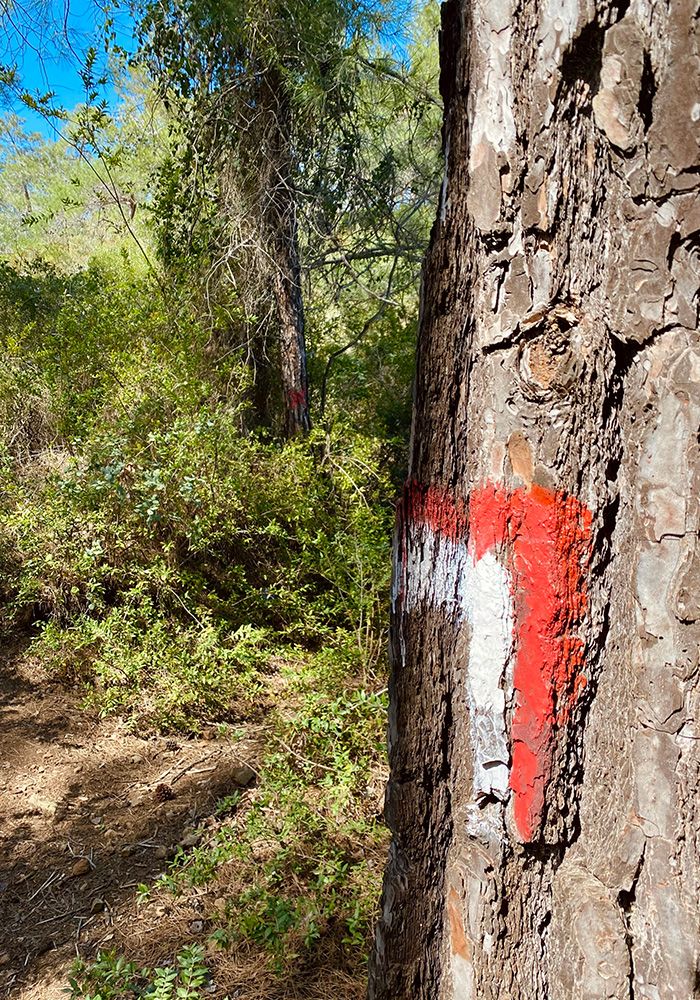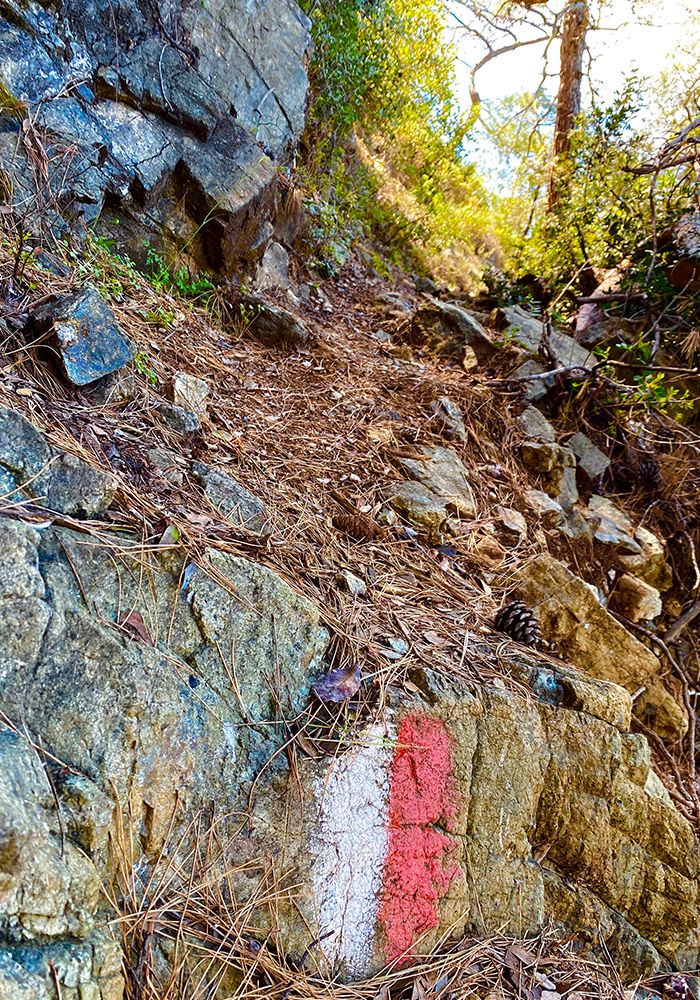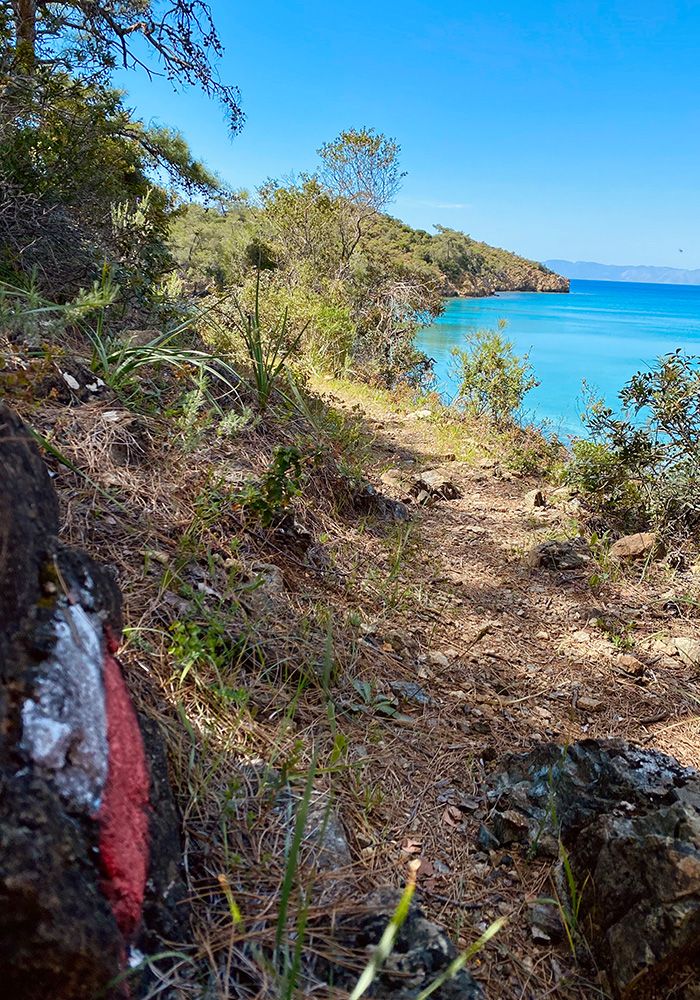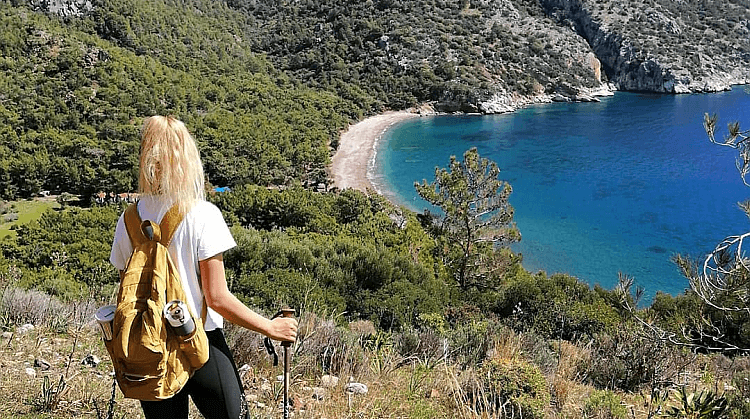THE HISTORY OF DATÇA
THE HISTORY OF DATÇA
Historical findings on the Datça Peninsula date back to around 2000 BC. The first known indigenous inhabitants were the Carians. The Doric period saw its peak as they migrated southward through Thrace around 700 BC and into the region of Upper Greece. The present-day town of Datça was founded in the area of Burgaz, 7.5 kilometers northeast of the current center of the Datça district. The settlement in Burgaz dates back to this period and has been excavated since 1998 by the Middle East Technical University (METU) on behalf of the Turkish Ministry of Culture in collaboration with the German Research Foundation and with the support of the Gerda Henkel Foundation.
According to Professor Dr. Numan Tuna, this was the place where the six Doric city-states gathered to organize competitions in the name of Apollo. The Temple of Apollo, where the prizes for the winners were placed, is also located here. The excavation results, especially the artifacts on the lower terrace, indicate that the sanctuary of Emecik Sari Liman had significant overseas prominence until the late 6th century BC. The finds demonstrate a rich variety of limestone and terracotta figures as well as ceramic examples previously known as East Greek production but now confirmed as Knidian production, along with imported goods of Egyptian, Phoenician, and Etruscan origin.
Epigraphic inscriptions and valuable archaeological artifacts identified as votive and dedicatory offerings found in the sanctuary corroborate the connection of the archaic Emecik sanctuary with Apollo. Excavations in the Temple of Apollo have revealed votive offerings, dedicatory offerings, statues, bull, falcon, and warrior figures dating from the 8th to 9th century BC. There is also evidence that in later periods, other temples and churches were constructed near the temple.
Cnidus became the center of Doric civilization and fell under the rule of the Persians from the Lydian state in 546 BC. The peninsula contains a significant number of archaeological remains and played a crucial role in the incorporation of important civilizations. The most famous is the ancient city of Cnidus. The 28 church ruins from more recent times on the peninsula also attest to the region’s mystical roots.
In summary, Datça was initially under the rule of the Carians and later the Dorians after 7700 BC. Cnidus was relocated to the tip of the peninsula for economic reasons in the 4th century BC, where magnificent ruins can be seen today. Dorians and Romans built many temples in the new Cnidus. In the late Roman and early Byzantine periods, the temples gave way to churches. The population of the city reached 70,000. In the later Byzantine period, weakened by earthquakes and pirate attacks, the city was abandoned, and the population of the peninsula dwindled to thousands. In the 7th century, the settlements on the peninsula were annexed to the Principality of Menteşe. In the 15th century, it joined the Ottoman Empire and was named Datça. During the rule of the last Ottoman sultans, Sultan Reşat changed the name to “Reşadiye, ” and it was later reverted to “Datça” in the Republic. In 1947, the center was moved to its current location in İskele Mahallesi.
NEIGHBORHOODS
districts of Datça
Reşadiye – Mehmet Ali Ağa Mansion
The property known as Mehmet Ali Ağa Mansion, also known as “Koca Ev” (Big House), was built by the Tuhfezade family. It is believed that Mehmet Ali Ağa’s father, Mehmet Halil Ağa, commissioned the construction. Mehmet Halil Ağa had two other children, Murat Halil Ağa and Rabia. Murat Halil Ağa’s only son, Akif Armağan, died childless. The growth of the district center led to the development of the new settlement İskele Mahallesi on the coastal side of the peninsula. Hotels, guesthouses, restaurants, cafes, and shopping opportunities are concentrated in this area. The district government offices are also located in this neighborhood, and when people talk about Datça center, they usually refer to this neighborhood.
The former villages of Datça, now converted into neighborhoods, are described as confusing and fascinating. They are clean, well-maintained, and home to cheerful residents. The villages have a civilized and tolerant community where women actively participate in various aspects of life, from economy to education. Strabo, the geographical father of geography, was probably right when he said, “God sends his beloved servant to Cnidus (Datça) for a long and successful life. ” This statement is corroborated by meeting many people who confirm it. While there are no specific tours to explore the villages, you can visit them with a rental car, use village minibusses, and even hike between some of them. Now let’s leave the center of Datça and explore some villages.
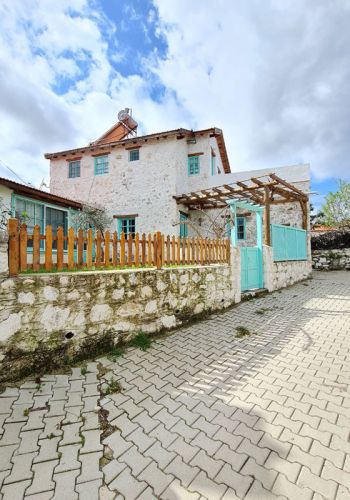
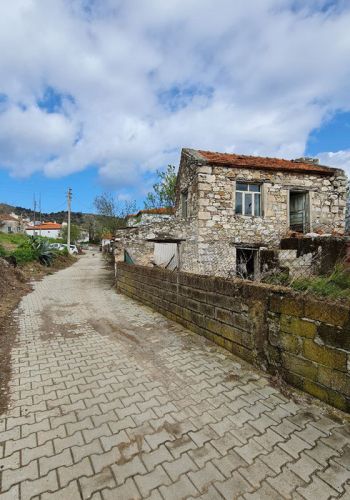
Cumalı is surrounded by almond and olive trees, and various types of vegetables are cultivated there. Cumalı is located 28 km from Datça.
Yakaköy is a village where old stone houses are being brought back to life one after another. It is located 5 km from Palamutbükü Beach and 25 km from Datça.
Sındı owes its name to those who sought refuge here during the war. The terrain is well-suited for hiding and features remnants of rock tombs and caves. The art of carpet weaving, as well as the production of gift bags, sacks, and pouches, has been developed through a course initiated by the district office. Sındı is located 22 km from the city center.
Yazıköy, the closest village to Cnidus, is a clean and well-maintained settlement like other villages in Datça. It is located 8 km from Cnidus and 28 km from the city center.
NATURE WALKS
Hızırşah – Karain Cave – Alazeytin – Domuz Çukuru (Pig Pit Cove)
Datça – Kızlan – Gereme Bay – Limanbaşı Cape
Kargı Bay – Domuz Çukuru (Pig Pit Cove)
Cumalı – Karataş Region – Mills Bay
Sındı Village – Zeytincik – Kumyer – Palamutbükü Bay
Emecik – Sarı Liman – Temple of Apollo
Yazı Village – Belen District – Marin – Bükceğiz Bay – Marin Palamutbükü – Yazı Village
Kızlan – Reşadiye – Güznedüzü / Körmen
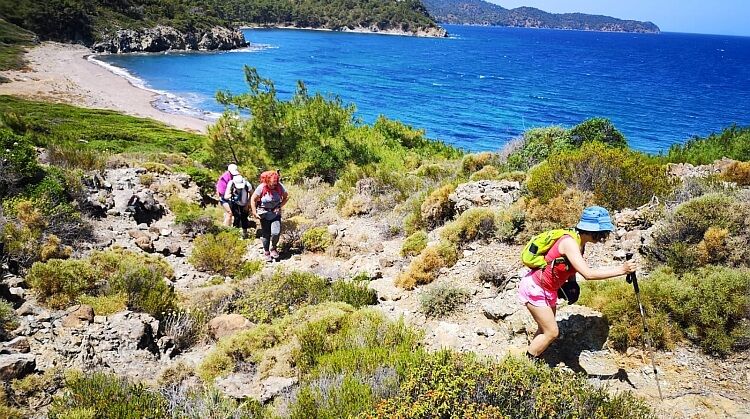
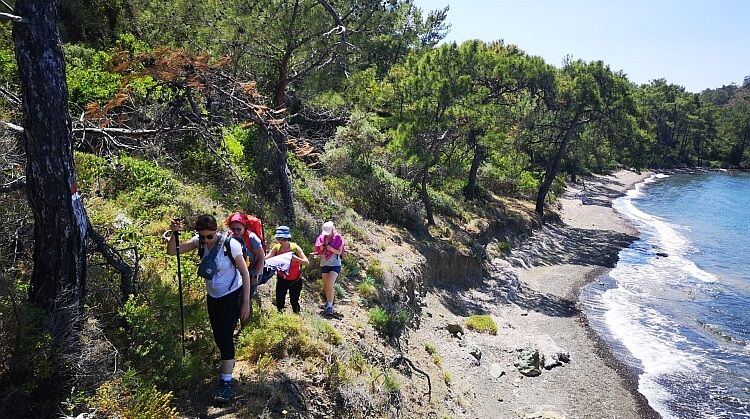
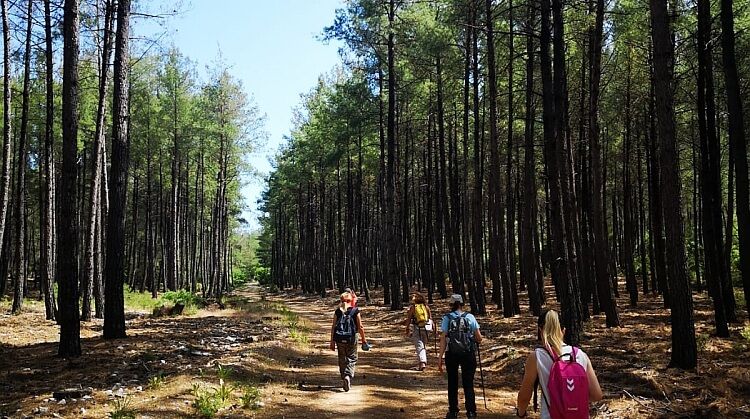
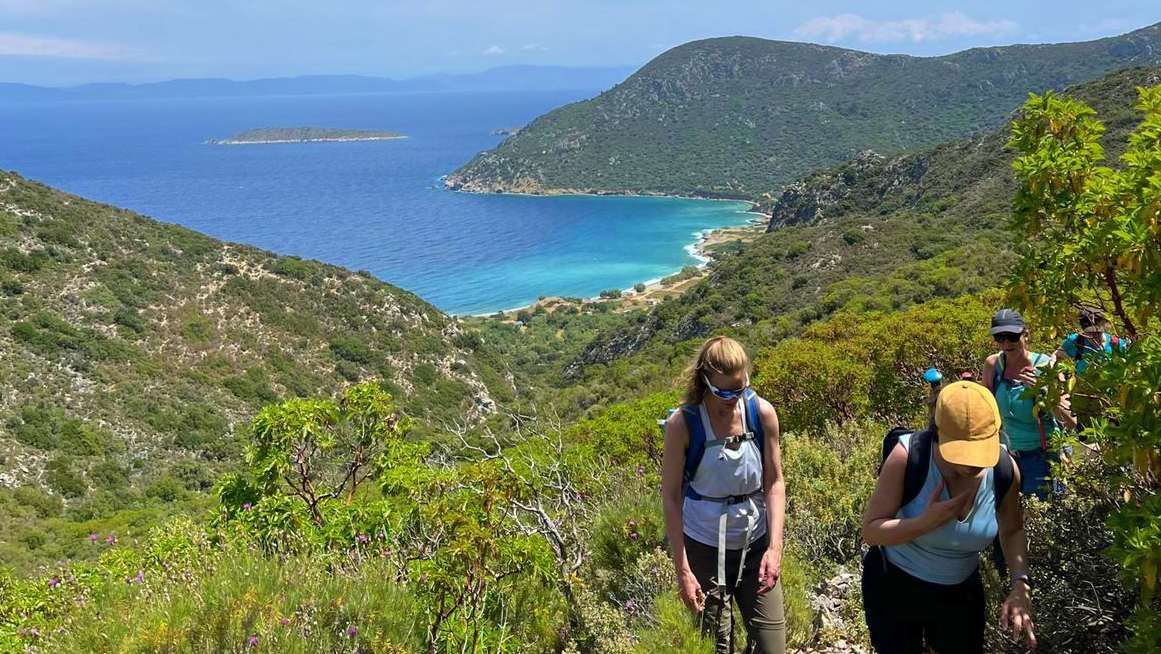
THE CARIAN TRAIL
The longest hiking trail in Turkey
“NATGEO 2021 – One of the top 6 adventure routes worldwide.”
The 850-kilometer route of the Carian Trail consists of four main sections: the Bozburun and Datça peninsulas, the Gulf of Gökova, the Inner Caria, and an additional section in the Muğla region. Datça, a narrow peninsula, ends at Cape Deveboynu, where the Aegean Sea meets the Mediterranean. Since the early 20th century, it has also been referred to as the Reşadiye Peninsula in honor of Sultan Mehmed Reşad’s ascension to the throne. Apart from the main settlement in Datça, there are no other significant settlements on this mountainous peninsula. Much of the peninsula is protected and is home to a variety of mountain goats and endemic plants in its bush, forest, and rocky landscape.
Exploring this impressive peninsula with its numerous untouched coves and beaches has traditionally been done by boat until today. The route of the Carian Trail starts in Eski- Datça, heads south and west, traverses rugged capes and coves, reaches the ancient city of Cnidus, and ends at the Deveboynu Lighthouse at the tip of the peninsula. From here, some of the 72 Greek islands are easily visible. From this point, the route turns east, follows the almost uninhabited northern edge of the Datça Peninsula, and ends at Balıkaşıran, the narrowest part.
HISTORY OF THE CARIAN TRAIL
Although it is known that local hikers used the trail for outdoor sports before the establishment of the Carian Trail, the founding of a continuous trail is attributed to the premise expedition trips of Yunus Özdemir, Altay Özcan, Volkan Demir, and Dean Livesley starting in 2009, lasting 4 winters. The idea of the expedition was to establish a long- distance hiking trail around the historic Carian areas. After the initial expeditions, a route was established from historical roads, village paths, high paths, and forest lanes.
Under the leadership of the Chamber of Commerce and Industry of Muğla (Muğla Ticaret ve Sanayi Odası), the Carian Trail project was launched. In 2012, the South Aegean Development Agency (Güney Ege Kalkınma Ajansı) also began supporting it with additional financial assistance. The Carian Trail was officially opened in February 2013.
Plants that grow in Datça
SAND LILY
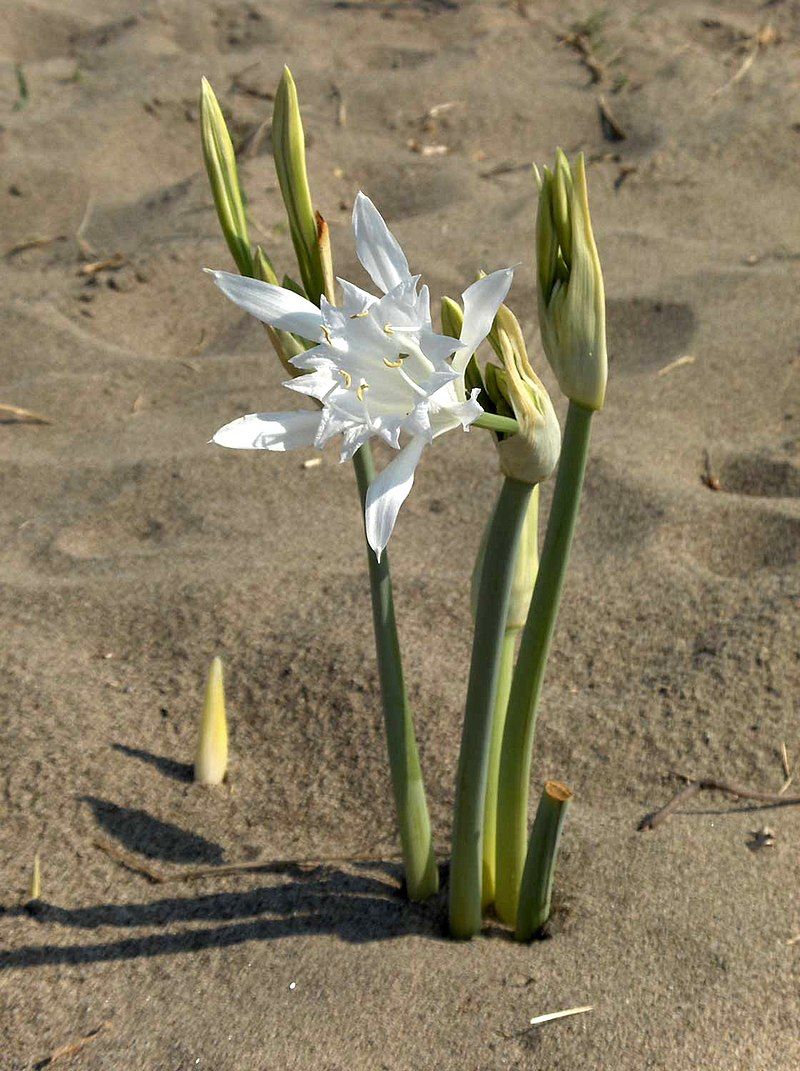
Narpız (Sideritis):
Adaçayı (Common Thyme):
Altın Otu (Goldenrod):
Datça Palm (Phoenix Theophrasti Greuer):
Bergamot Mint:
Thyme:
Wormwood:
Kantaron Route:
Olives:
THE TASTE OF DATÇA
“There are unique and delicious dishes in Datça”
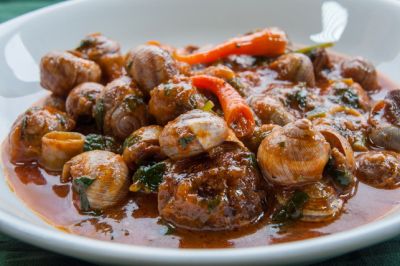
GARAVILLE – ‘SALYANGOZ’ (SNAIL)
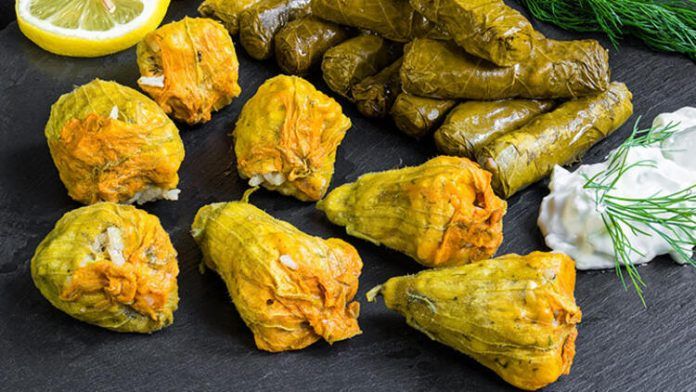
STUFFED PUMPKIN BLOSSOMS (KABAK ÇİÇEĞİ DOLMASİ)
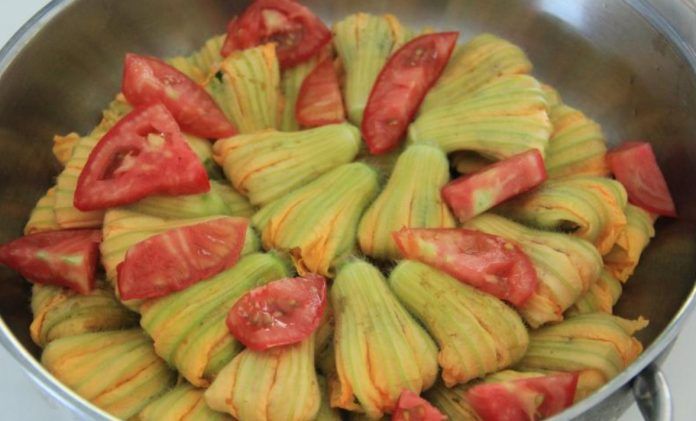
DALLAMPA (PAPATYA DOLMASI)
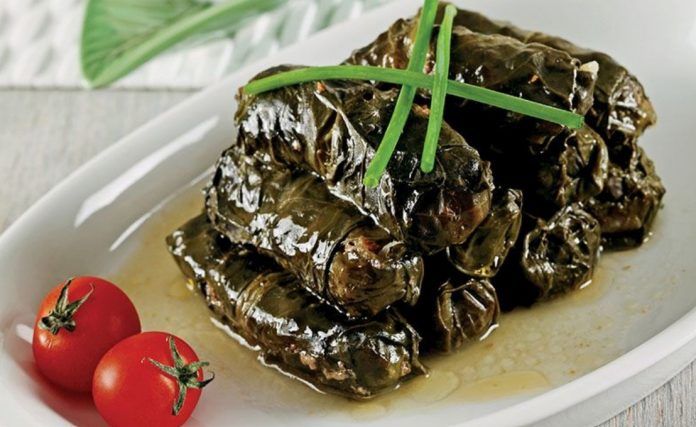
STUFFED LABADA (LABADA SARMASI)
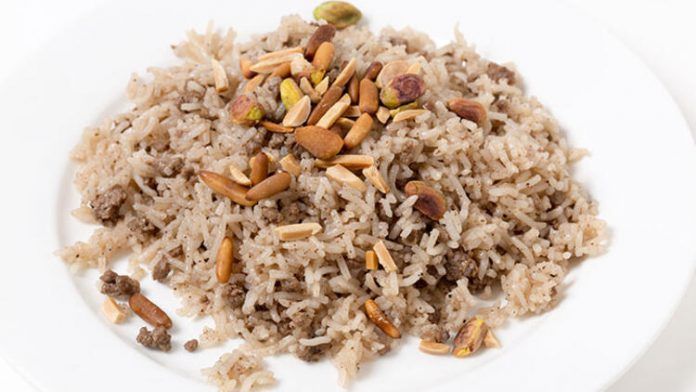
ALMOND RICE (BADEMLİ PİLAV)
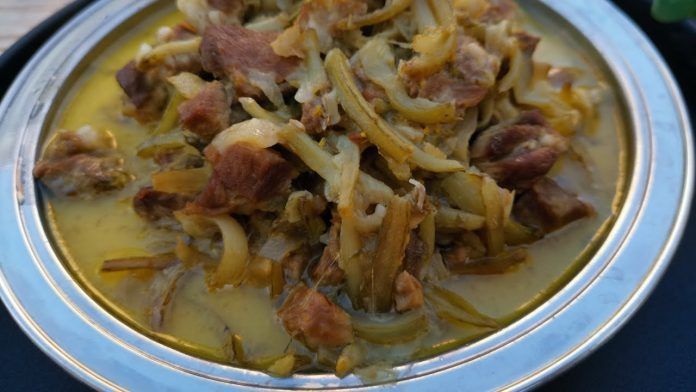
KENGER
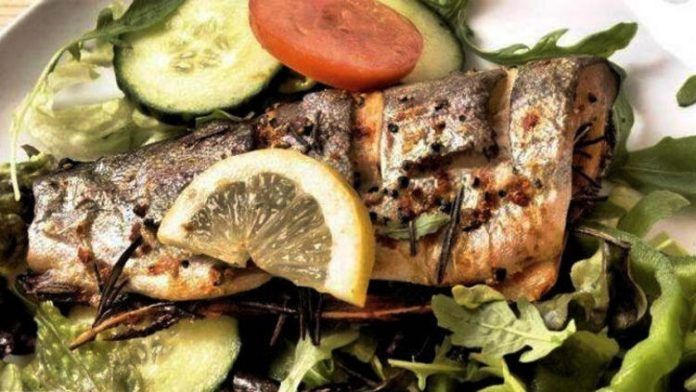
STUFFED SEA BREAM (KEFAL)
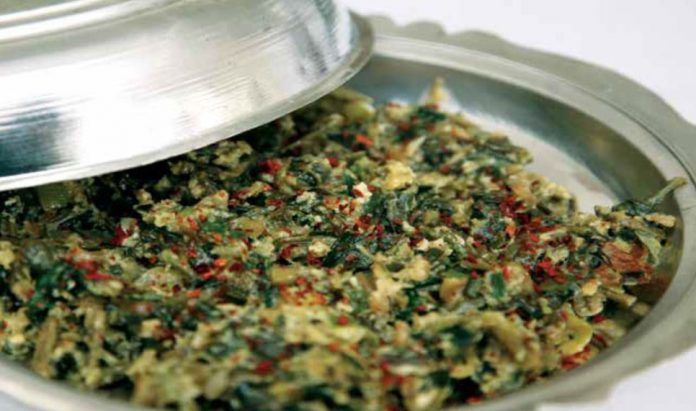
FRIED TILKISEN (TİLKİŞEN KAVURMA)
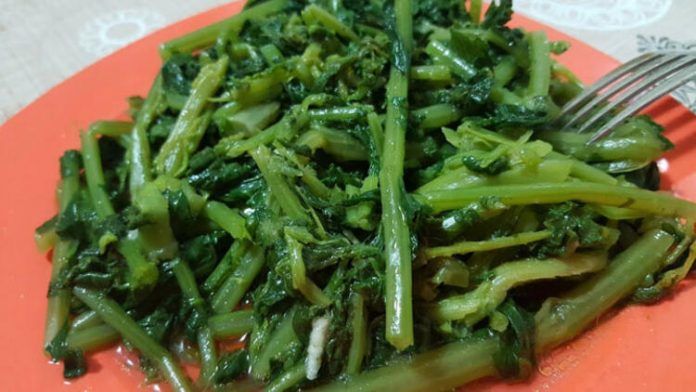
RADİSH SALAD (TURPUCU SALATASI)
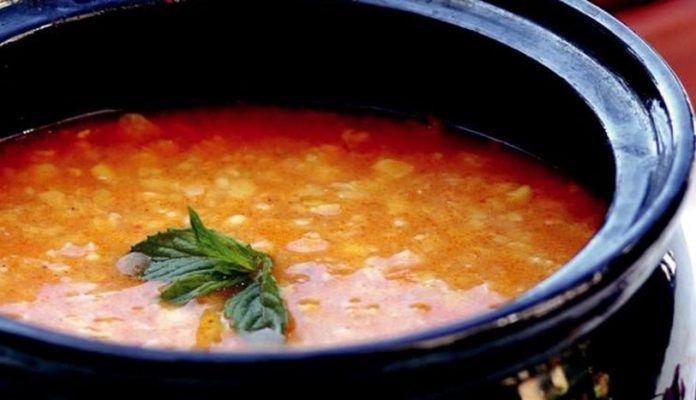
MUDURMUK SOUP (MÜRDÜMÜK ÇORBASI)
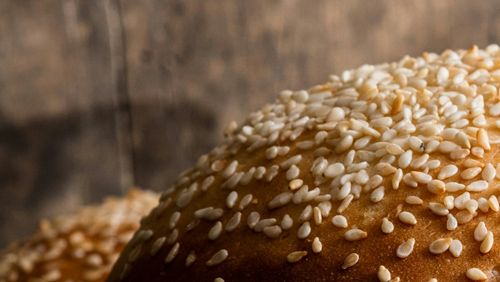
SESAME (SUSAM TATLISI)

GROOM’S DESSERT (DAMAT TATLISI)
THE 3 B’S OF DATÇA

Datça earns its fame through the three “B’s”: Bal (Honey), Badem (Almonds), and Balık (Fish). The Datça Peninsula, situated between the Aegean Sea to the north and the Mediterranean Sea to the south, owes its pristine and wild nature largely to the geographical challenges it faces.
Datça almonds are considered the finest in Turkey. There are various varieties such as Nurlu, Ak, Kababag, Dedebag, Sıra, and Diş. The Nurlu variety is considered the highest quality, while the Diş almond, with its thin shells, is especially easy to eat. The outer shells of the almonds are called “çağla” when they are green and fresh. Their Latin names are Prunus Amygdalus and Prunus dulcis. One variety is sweet, the other bitter, and they contain phosphorus, zinc, copper, calcium, iron, and special oils. Due to their high nutritional value, almonds are used in various pharmaceutical applications. Datça almonds are currently considered the best worldwide, with American almonds coming in second.
The harvest takes place between February and April. The inner almonds, sold by roaming vendors in trays with ice in taverns, are obtained by removing ripe almonds from their shells in May-June. In July-August, after the outer shells have opened on the tree, the almonds are harvested and sun-dried or sold cracked with their shells. Locals in Datça place one or two almonds in dried figs and bake them. This is called “Almond-Fig” . Additionally, almonds mixed with honey are sold in jars.
We are confident that the fish in Datça are among the most delicious in the region. The fishing industry in Datça has developed, becoming a livelihood for part of the local population.
QUOTES ABOUT DATÇA
- Datça: A paradise of history and nature.
- A place where the Mediterranean and the Aegean meet.
- God sends his beloved servants to Cnidus (Datça) for a long life, Strabo.
- The sea is pure, nature is rich, and the people are hospitable.
- In the bays of Datça, there is green and blue, and then there is you.
- The great master of world poetry, Can Yücel, “planted” himself in Datça.
- The birthplace of science, art, and philosophy is “Cnidus”.
- True democracy is housed in Cnidus, according to Aristotle.
- The shore of joy is “Datça”.
- Datça is one of the places where nature is worshipped.
- Datça is the name of resistance against time and the embodiment of tranquility.
- Those who find peace in Datça feel like time stands still.
- Datça is the calm and azure reflection of the Aegean.
- The beauties of Datça are discovered not only with the eyes but also with the heart.
- Datça is a paradise where history and nature embrace.
- Walking through the stone streets of Datça, one merges with the past.
- Datça is the epitome of silence, tranquility, and beauty.
- Losing yourself in the waters of Datça means finding yourself.
- Datça is not only an ideal place to live but also to age gracefully.


